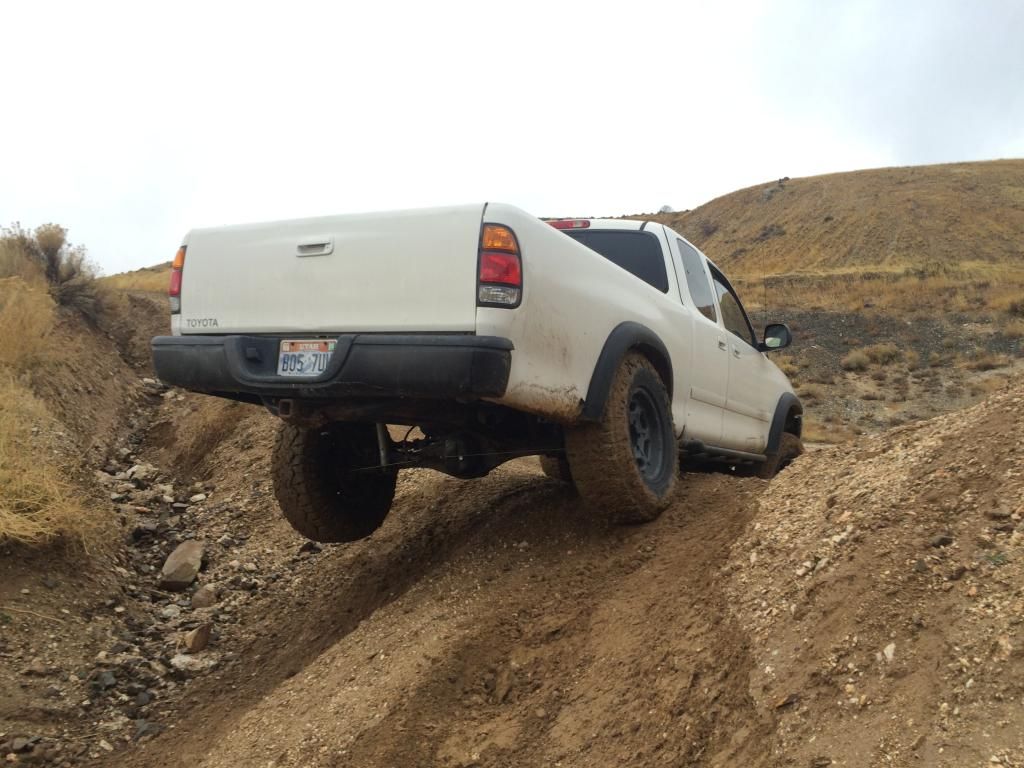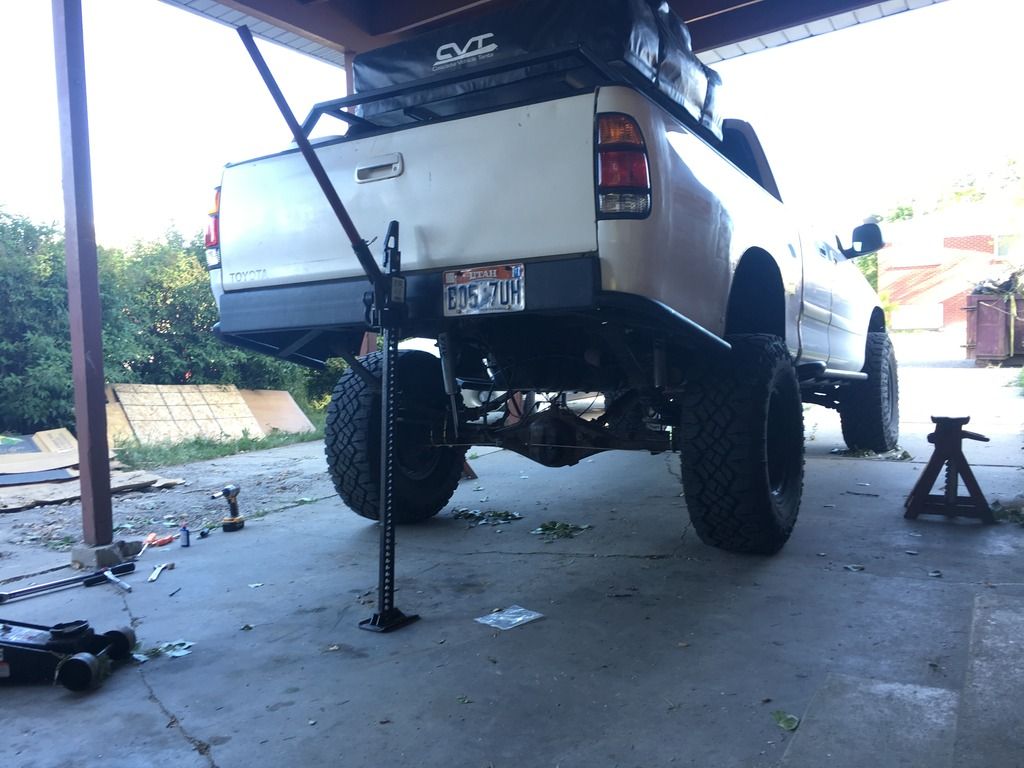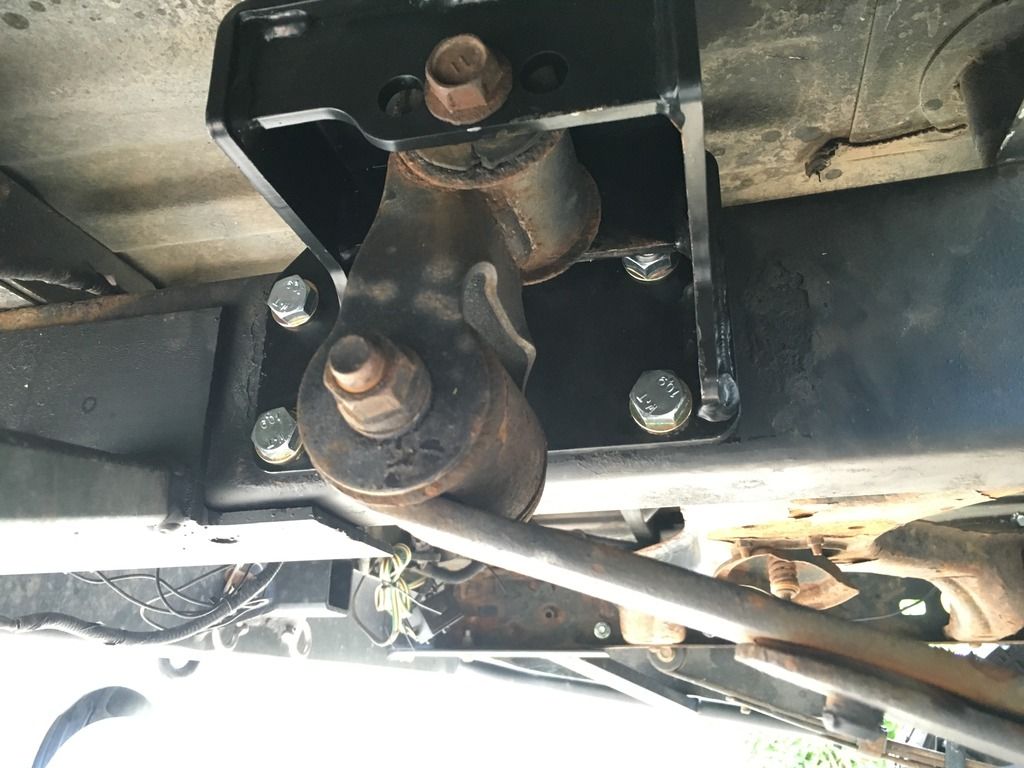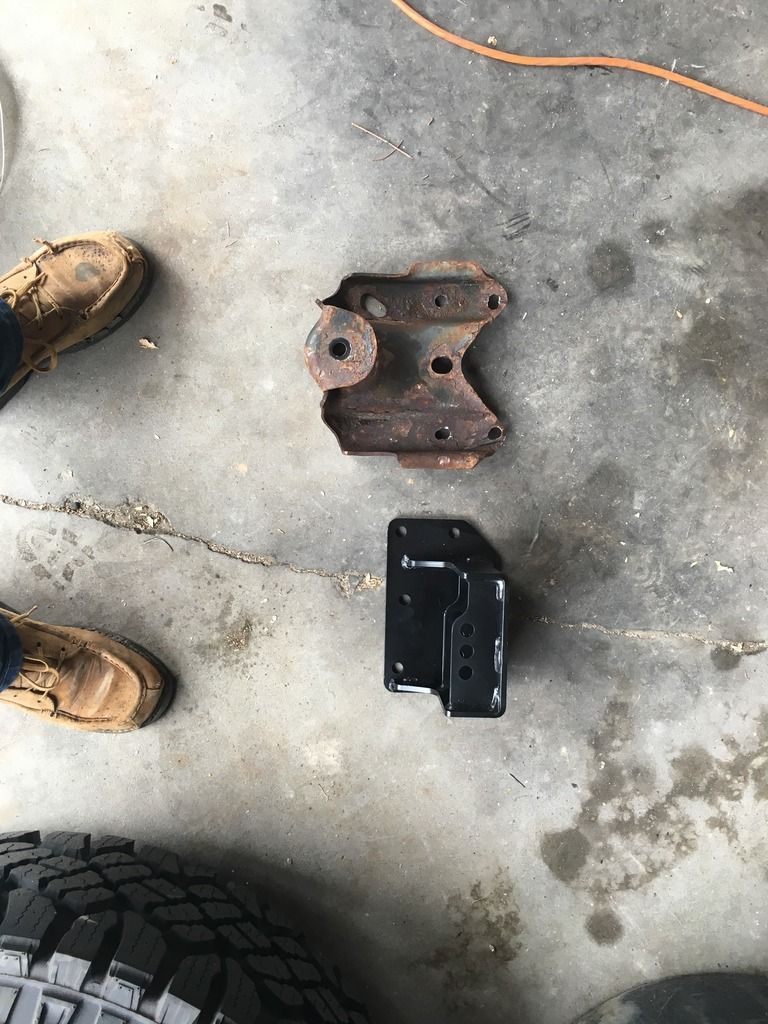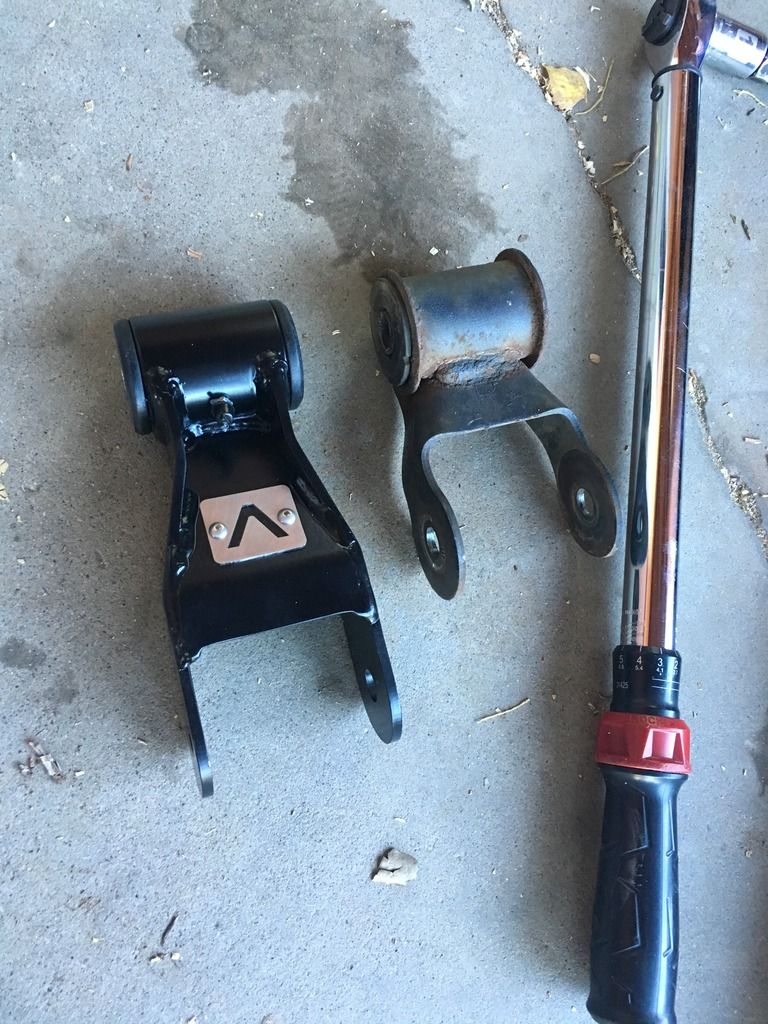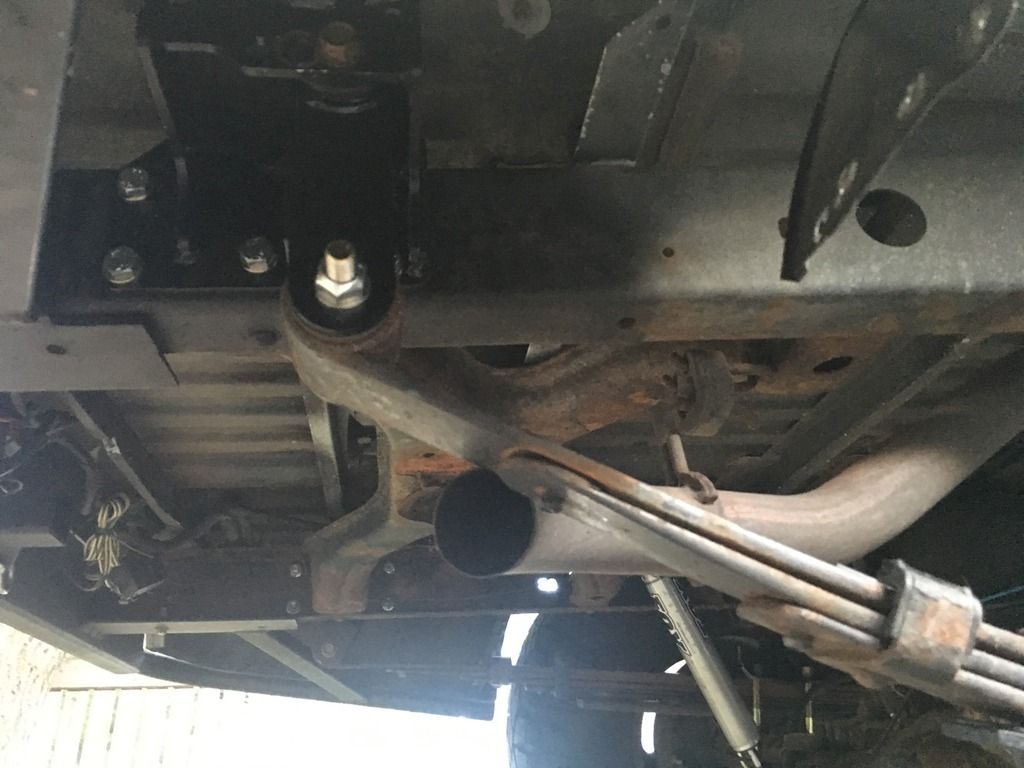Our 2004 Sequoia has had the problem many others describe- the red BRAKE warning light turns on, as if the e-brake is on. This happens randomly for no real reason. Brake fluid is full. Pads and rotors are good. Turning off the engine and restarting it makes it go away. Over time it got to the point that it would start doing ABS intervention when there was no tire slippage, which is nerve wracking in heavy traffic because you take a lot longer to stop than expected. When this happened the VSC OFF and VSC TRAC warning lights would come on.
Over the course of time it went from happening once a couple months, to weekly, to daily, to nearly anytime you drive it. My wife normally drives the car and she's not mechanically inclined so it became a topic again when she mentioned it's been getting worse for weeks. So I checked the stored codes:
The codes stored in the ECU are C1223 C1247 C1310.
C1223 = "ABS FAULT" which means there is a problem, no specific component
C1247 = "Stroke Sensor" which measures brake pedal position
C1310 = "HV system malfunction" I have no idea what this is.
After my wife got fed up, I took it to the dealer. Of course they quoted nearly $3000 for a new brake booster and a new ABS/VSC computer. They claimed the VSC/ABS computer was "dead and not communicating" and needed replaced.
I was skeptical of this so I took it out to test. I live in the country with gravel roads and I went out and did some very spirited driving, powersliding around turns, slamming on the brakes in loose gravel. When I powerslide, the VSC starts beeping and the skid warning light flashed. When I braked hard the ABS system pulsated normally. This to me indicated that the VSC/ABS computer wasn't "DEAD" so I figured the problem was elsewhere. I know there is a TSB for re-flashing the VSC/ABS computer, and I figure the dealer would rather sell a new updated computer than perform the re-flash.
With nothing to lose I found a good used brake booster assembly at a local salvage yard. Be aware that the earlier models only have one sensor plug on the booster, the later models have two sensor plugs, and they are not interchangeable. I paid $48 cash out the door for my booster which included the master cylinder, which I wasn't going to use anyway. The truck it came from was a low mileage insurance salvaged 2004 Sequoia. I cleaned it up and gave it a shot of satin black spray paint.
Changing the booster was a simple job that took maybe half an hour. The hardest part was working upside down under the dash, and I dropped two of the booster mounting nuts and they fell into the lower steering column seal, so I had to take that apart to get the nuts back.
Unplug the two booster sensor plugs, the master cylinder fluid level plug, and the two pressure sensors under the master cylinder. Pop out the plastic tab holding the wires by the fuse box, and then there is a plastic clip that goes to a metal tab under the one nut holding the master cylinder, then you can move the wires out of your way.
12MM 1/4 drive deep socket with a 3" extension got all four nuts under the dash, and a pair of needle nose pliers to remove and install the lock pin for the clevis rod.
Master cylinder uses 13mm wrench for the nuts, and if you are careful you can move the master cylinder out of the way towards the motor, without removing the fluid lines and needing to bleed the system. Carefully flex the metal lines, I popped them out of the plastic comb-clip on the firewall for more flex length.
The booster then just pulls out of the firewall hole. Reverse to reinstall and make sure the booster pushrod is seated in the master cylinder snout when you put it back together.
After replacing the booster I've been driving the truck around and put on about 600 miles with no problems at all, the light has stayed off, my scanner detects no pending codes, and the brakes still feel great. I'm calling this solved.
New remanufactured boosters are available from Rockauto for $300-$400, and the new Toyota booster is about $900-$1000. Used boosters are out there for under $100 from wrecking yards.
I would advise anyone to look for a good used booster to get a warranty because there is no way to tell if the sensor is good that I can see. I don't know what the pin out is on the wires to check them.
Good luck!
